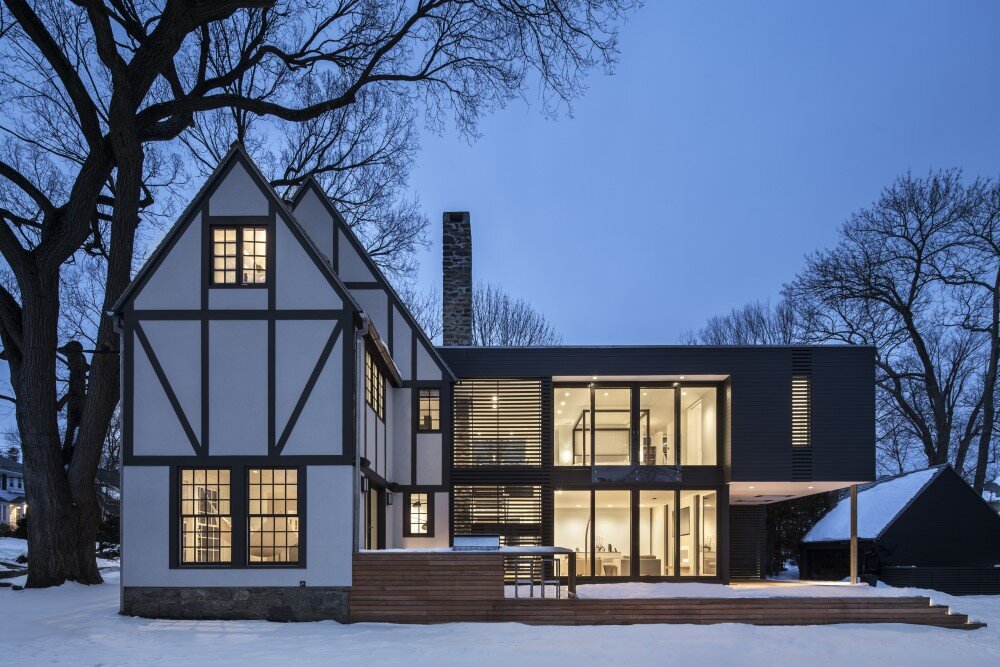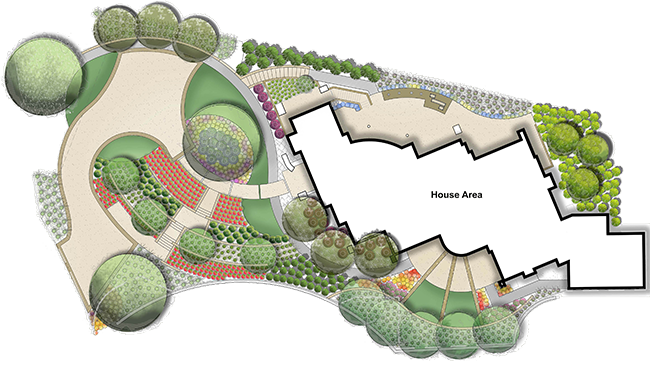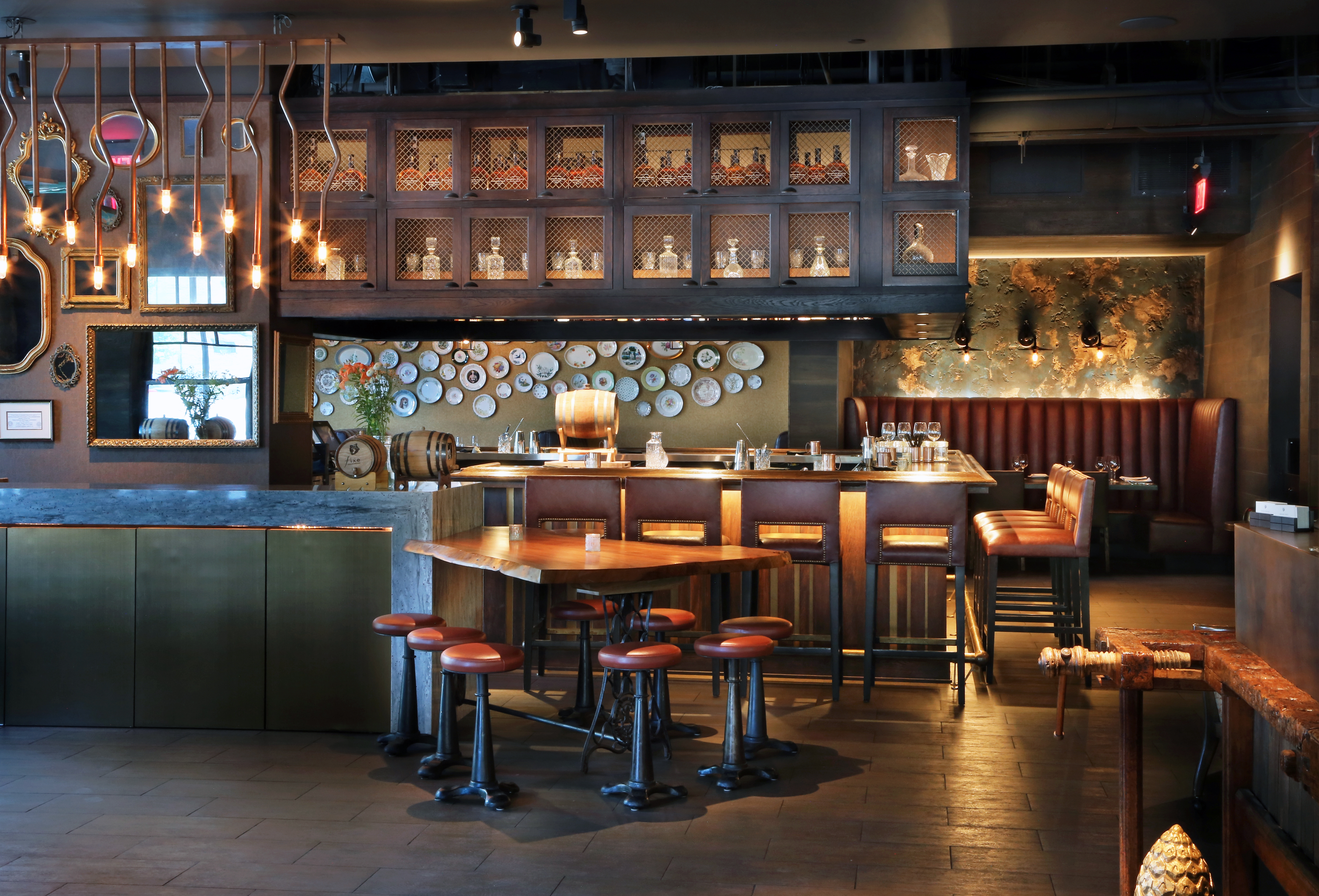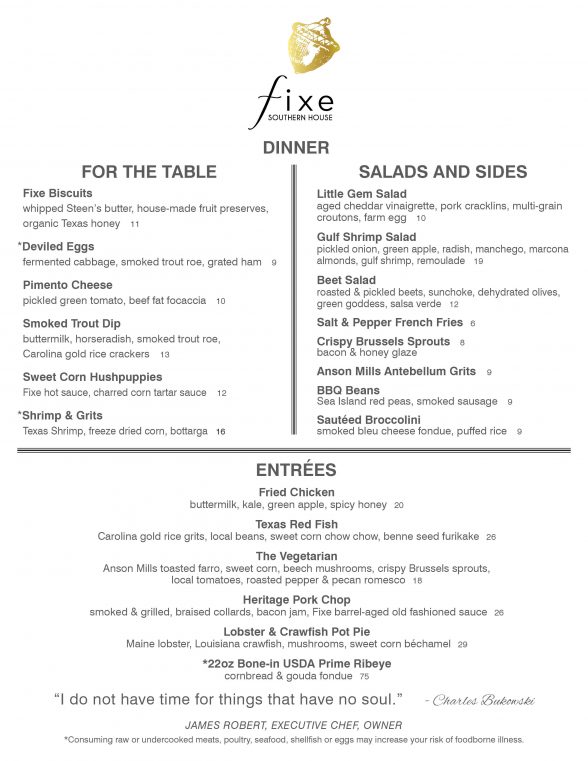Table Of Content
Tudor architecture is a stately and historical architectural style that developed in medieval England and Wales and reached its distinct look during the 16th-century Tudor period. A traditional Tudor-style home features a façade with white stucco exteriors punctuated with decorative half-timbering or a dark brick-and-stone construction. This charming storybook house style made its way to the United States in the 1900s and now Tudor buildings are found in many neighborhoods around the country. In the early 1900s, Tudor house style reemerged in well-to-do U.S. suburbs, giving these American counterparts the nickname of “Stockbroker’s Tudors.” These Tudor Revival homes blended old-world design with contemporary construction techniques. They maintained the steep rooflines, gabled windows, and arched doorways of English Tudor houses, while stucco and brick facade replaced daub and masonry, and thatch gave way to slate roofing.
6 Cool Characteristics of Hacienda Style Homes
Today, many historic Tudor homes and buildings still stand and are widely admired for their intricate details and elegant design. Tudor architecture refers in part to the architectural style that emerged during the period between 1485 and 1603 when craftsmen built sophisticated two-toned manor homes with a combination of Renaissance and Gothic design elements. The house was built in 1480 by John Tollemache and the family still ownes the house. It was then captured by the Baldwyn family until the end of the 17th century and changed owners multiple times after that. Today, Stokesay Castle is defined as one of the best-preserved medieval fortified manor houses in England and operates as a tourist site owned by the English Heritage.
English royal house of Welsh origin / From Wikipedia, the free encyclopedia
Tudor style houses, also called Tudor Revival or Mock Tudor, are two-to-three-story homes with brick exteriors featuring large portions of white stucco and decorative half-timbering. These homes have a romantic and slight medieval appearance, making them a truly unique home style. Whether you’re looking for a little slice of history, a home that’s uniquely charming, or one that looks like it jumped off the pages of a storybook – you’ll find all that and more in a Tudor style house. From its distinct white stucco and wood-detailed exteriors to its asymmetrical appearance and English country manor feel, there are countless features that make Tudor homes stand out amongst other popular house styles. Before you set your sights on a Tudor house, check out everything you need to know about these historic homes. The original English Tudor started in England during the 15th century when the British monarchs were reigning in the country.
GREAT HOUSES
It sits on a third of an acre about midway between Watchung Plaza and the Upper Montclair train station. Once stateside, she graduated from the City College of New York with a sociology degree. She also met Oscar Ravina when her mother urged her to volunteer as an usher for a music event and he overheard her speaking fluent Polish.

Known as "Stockbroker Tudors"
The path passes through a flower-covered arbor and leads to an arched entrance. Patterned brickwork combined with black half-timbering adds visual interest to the home's facade. “Storage space wasn’t an afterthought on this project; it was very intentional and one of our top priorities in the planning and design phase,” says Sapna. Each bathroom has a generous vanity, plenty of storage, and clean bright tile by Clé. “When it came to staging, we had a very clear vision of the style and overall aesthetic we needed to complement the classic Tudor character of the house, and Annie Carolin of Pride of Place masterfully brought that vision to life,” says Sapna.
All You Need to Know About Tudor Style Homes, Then and Now
We have also journeyed through some of the most breathtaking examples of Tudor architecture, from grand palaces to quaint guild halls. The palace features a grand, imposing façade built with red brick and stone. The main entrance is marked by a large, pointed arch, while the interior has large and spacious halls with high-beamed ceilings and ornate fireplaces, a hallmark of Tudor homes.
Tudor Revival

Jane died of puerperal fever only a few days after the birth, leaving Henry devastated. Cromwell continued to gain the king's favour when he designed and pushed through the Laws in Wales Acts, uniting England and Wales. The newly appointed Archbishop of Canterbury, Thomas Cranmer, was then able to declare Henry's marriage to Catherine void.
Similarly, dark wood trim and faux timbers substituted for traditional heavy timber construction, as this new Tudor-style house was built using modern wood-framing methods. As one of the most famous Tudor revival homes or buildings, the Globe’s design reflects the style, with its half-timbered walls, pitched roof, and brick and stone. The theater’s exterior features intricate brickwork and exposed wooden beams, while the wooden roof structure is designed in the style of a Tudor kingpost truss.
Erin And Ben Napier Share Their Dream Home In The Mississippi Countryside - Southern Living
Erin And Ben Napier Share Their Dream Home In The Mississippi Countryside.
Posted: Tue, 03 Oct 2023 07:00:00 GMT [source]
Bramall Hall is a largely Tudor manor house located in Bramhall, Greater Manchester. Its history dated back in the 11th century when the land was still owned by the Anglo-Saxon freemen Brun and Hacun. Brick, stone, stucco, and wood enhance this 60-year-old home's Tudor character. The combination of materials introduces a variety of natural textures and colors to the facade. The decorative half-timbering features curved, diagonal details for a twist on traditional.
Brick architecture also first arose in the Tudor period, as England’s links with the Low Countries deepened for various geopolitical reasons. The low multi-centred Tudor arch was another defining feature and the period sees the first introduction of brick architecture imported from the Low Countries. Some of the most remarkable oriel windows belong to this period.[1] Mouldings are more spread out and the foliage becomes more naturalistic. During the reigns of Henry VIII and Edward VI, many Italian artists arrived in England; their decorative features can be seen at Hampton Court Palace, Layer Marney Tower, Sutton Place, and elsewhere. However, in the following reign of Elizabeth I, the influence of Northern Mannerism, mainly derived from books, was greater.
They were sometimes called “Stockbroker Tudor” because their financially successful homeowners had frequently made their wealth in the booming 1920s stock market. The Tudor House & Garden, located in Southampton, England, is a museum initially constructed in the 1490s and has been fully restored to its original glory. The museum features a mix of timber frame and brick construction, typical of the Tudor style, with exposed wooden beams and intricate brick and stone details. The Tudor-style elements include its striking black-and-white timbered façade, tall chimneys, and arched doorways. The interior of the building also features Tudor elements, such as a large fireplace and carved wooden beams.
Built in the 1800s, it is known for its iconic Tudor Revival architecture style. Tudor architecture is a type of architecture that was popular in England during the 16th century, during the reign of the Tudor monarchs. These were six monarchs who ruled England from 1485 to 1603, starting with Henry VII and ending with Queen Elizabeth I. As England was largely cut off from Catholic Europe, printed pattern books were the main means by which English patrons encountered the new style.
During the World War 2, it was damaged by a bomb and then was restored to operate as a museum again. Located in the hamlet of Ascott near Wing in Buckinghamshire, England, Ascott House was originally a farm house, built during the reign of James I and was referred to as “Ascott Hall”. Enjoy the stroll through time as you check out the variety of different Tudor homes below. What is commonly referred to as Tudor architecture is technically Tudor Revival architecture.
Hardwick Hall itself was designed by Robert Smythson, who was likely also the architect behind Wollaton. This elaborate style of house eventually went out of fashion after WWII when tight budgets demanded a simple way of life. If you drive through an older suburban neighborhood, it's easy to designate a street that was built pre-WWII or post-WWII.
To recess the door, thick masonry is used above it in order to prevent weather damage. Most Tudor homes typically have arched front doors as one of their most common features. Wooden or metal-framed casement windows in groups of three or more are the typical features of Tudor-style houses. These leaded-glass windows are usually divided into eight diamond-shaped rectangular panes. One of the best examples of a Tudor style house in Montgomery County, Maryland is the landmark Newlands/Corby Mansion in Chevy Chase at the juncture of Chevy Chase Circle, Connecticut Avenue and Brookville Road. This Tudor home has a variety of dormer styles, window types and richly decorated chimneys that make it a highly stylized Tudor design.













